
Bo Hansson was a Swedish musician best known for his four instrumental progressive rock studio albums released throughout the 1970s.

The Nice were an English progressive rock band active in the late 1960s. They blended rock, jazz and classical music.
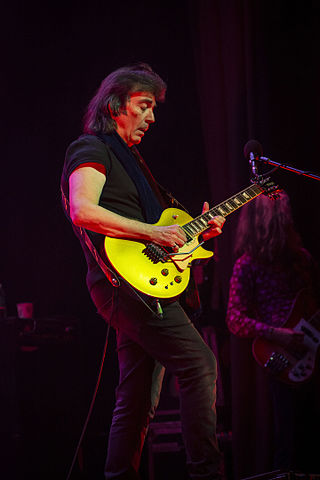
Stephen Richard Hackett is an English guitarist who gained prominence as the lead guitarist of the progressive rock band Genesis from 1971 to 1977. Hackett contributed to six Genesis studio albums, three live albums, seven singles and one EP before he left to pursue a solo career. He was inducted into the Rock and Roll Hall of Fame as a member of Genesis in 2010.
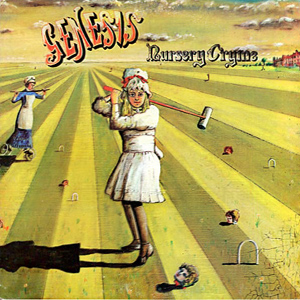
Nursery Cryme is the third studio album by the English rock band Genesis, released on 12 November 1971 on Charisma Records. It was their first to feature drummer/vocalist Phil Collins and guitarist Steve Hackett. The album received a mixed response from critics and was not initially a commercial success; it did not enter the UK chart until 1974, when it reached its peak at No. 39. However, the album was successful in continental Europe, particularly Italy.
The works of J. R. R. Tolkien have served as the inspiration to painters, musicians, film-makers and writers, to such an extent that he is sometimes seen as the "father" of the entire genre of high fantasy.
Do not laugh! But once upon a time I had a mind to make a body of more or less connected legend, ranging from the large and cosmogonic to the level of romantic fairy-story... The cycles should be linked to a majestic whole, and yet leave scope for other minds and hands, wielding paint and music and drama. Absurd.

Pawn Hearts is the fourth album by English progressive rock band Van der Graaf Generator, released on 12 November 1971 on Charisma Records. The original album features just three tracks, including the side-long suite "A Plague of Lighthouse Keepers". The album was not commercially successful in the UK, but reached number one in Italy. It has since seen retrospective critical praise and was reissued on CD in 2005 with extra material.
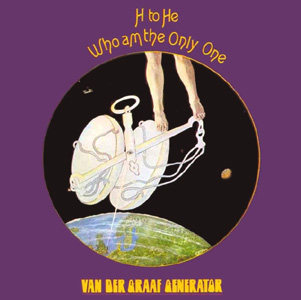
H to He, Who Am the Only One is the third album by the British progressive rock band Van der Graaf Generator. It was released in 1970 on Charisma Records.
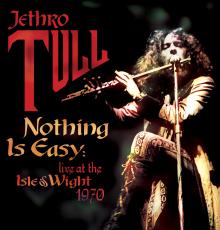
Nothing Is Easy: Live at the Isle of Wight 1970 is a live album by Jethro Tull, released on 2 November 2004. It was recorded on the fifth and last day of the Isle of Wight Festival 1970, where Jethro Tull were second on the bill between The Moody Blues and Jimi Hendrix.
Ruben and the Jets was an American rock and roll band from Los Angeles, California. The band originated as an alias for The Mothers of Invention, Frank Zappa's band, to release Cruising with Ruben & the Jets (1968). Later, musician Rubén Guevara Jr. continued the band with his own lineup. Guevara's "Jets" recorded two albums, For Real! (1973) and Con Safos (1974).
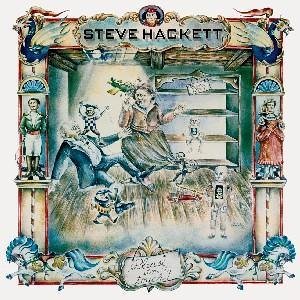
Please Don't Touch! is the second studio album by English guitarist and songwriter Steve Hackett. It was released in April 1978 on Charisma Records, and it is his first album released after leaving the progressive rock band Genesis in 1977. Hackett had released Voyage of the Acolyte (1975) during his time in Genesis. For his next solo release he recorded in the United States and hired various guest artists, including singers Randy Crawford, Richie Havens, and Steve Walsh, drummers Phil Ehart and Chester Thompson, bassist Tom Fowler, with Van der Graaf Generator violinist Graham Smith.

Vital: Van der Graaf Live is the first live album by English progressive rock band Van der Graaf Generator. It was recorded 16 January 1978 at the Marquee Club in London and was released in July, one month after the band's 1978 break-up. The album was credited under the abbreviated name Van der Graaf, like the previous year's The Quiet Zone/The Pleasure Dome (1977), and featured the same line-up plus newcomer cellist/keyboardist Charles Dickie, who had officially joined the band in August 1977, and original saxophonist and flautist David Jackson, who re-joined the band for this recording.
The Lord of the Rings is a fantasy novel by J. R. R. Tolkien.

"Perfect Strangers" is a song by the British rock band Deep Purple. It is the title track of their 1984 comeback album Perfect Strangers. It was also released as the first single from the album in the UK.

"Who Do You Love?" is a song written by American rock and roll pioneer Bo Diddley. Recorded in 1956, it is one of his most popular and enduring works. The song represents one of Bo Diddley's strongest lyrical efforts and uses a combination of hoodoo-type imagery and boasting. It is an upbeat rocker, but the original did not use the signature Bo Diddley beat rhythm.

Mickey Simmonds is an English session keyboardist, arranger and composer. He is best known for his work with progressive rock acts, Mike Oldfield, Renaissance, Camel and Fish. He has also worked with Joan Armatrading, Paul Young, The Rutles, Art Garfunkel, Kiki Dee, Mastermind, John Coghlan's Diesel Band, Elkie Brooks, Judie Tzuke, Imagination, Bucks Fizz, Jennifer Rush and The Bonzo Dog Doo-Dah Band, among others.
Music Inspired by Lord of the Rings may refer to:
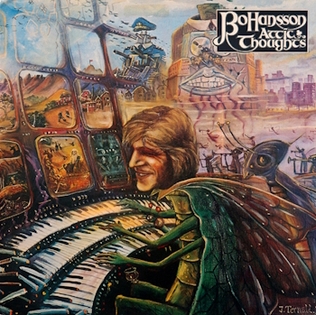
Attic Thoughts is a 1975 instrumental progressive rock album by Swedish musician Bo Hansson.

Music Inspired by Watership Down is a 1977 progressive rock album by Swedish musician Bo Hansson. The album is Hansson's fourth solo album and is, as its name suggests, built around musical ideas inspired by Richard Adams' heroic fantasy novel Watership Down.

Music Inspired by Lord of the Rings is an instrumental progressive rock album by Swedish musician Bo Hansson. As its title suggests, it is a concept album based on author J. R. R. Tolkien's high fantasy novel, The Lord of the Rings. The album was originally issued in Sweden in late 1970, under the Swedish title of Sagan om ringen, and was subsequently re-released internationally as Music Inspired by Lord of the Rings in September 1972.
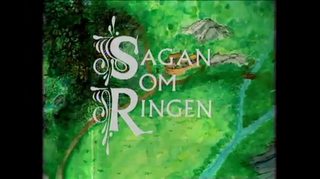
Sagan om ringen is a 1971 Swedish live action television film in two episodes. The film was inspired by the music album Music Inspired by Lord of the Rings by Bo Hansson, which in turn was inspired by J. R. R. Tolkien's 1954 novel The Lord of the Rings.
















